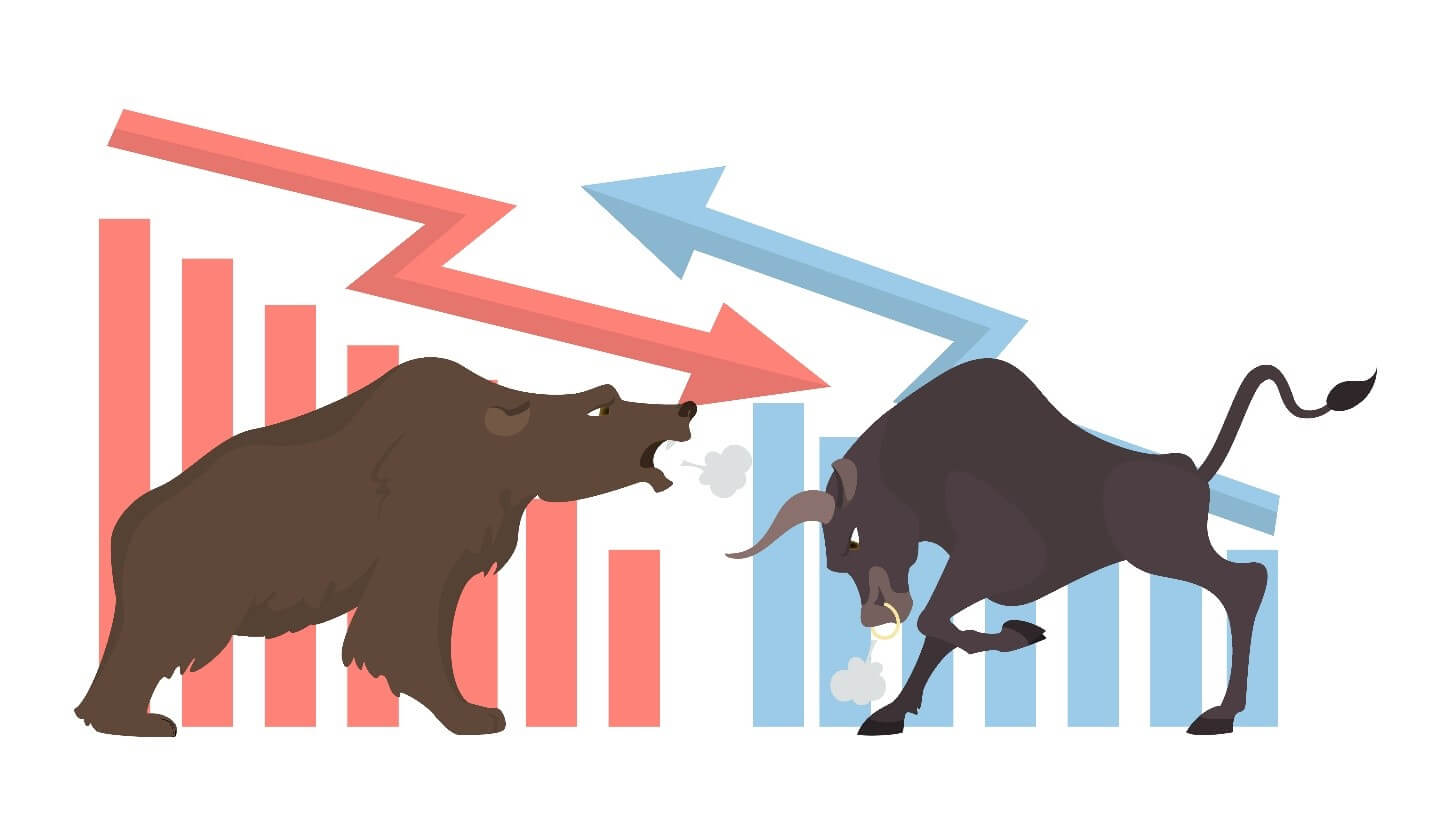We often meet the terms “bull” and “bear” in the investing world, which refer to market conditions. The terms describe how markets are doing. Undoubtedly, the market director is a significant force that has a significant impact on investors’ portfolios. Therefore, it is essential to understand how bull and bear market conditions may impact investments.
Let us analyze each of them. A bull market is a few months or years when stock prices are consistently rising or are expected to rise. In a bull market, the economic condition is favorable. Meanwhile, a bear market exists in an economy that is receding and where most stocks are declining in value.
As investors’ attitudes hugely influence the financial markets, these terms also indicate how investors think about the market and the ensuing economic trends.
What bull and bear markets indicate
A continued rise in prices typifies a bull market. Notably, a bull market indicates an increase in the prices of companies’ shares. In a bull market, investors often have faith that the uptrend will resume over the long term. It means that the country’s economy is typically strong, and employment levels are high.
In comparison, a bear market is one that is in decline. It is essential to mention that a market is usually not deemed a bear market unless it has dropped 20% or more from recent highs. In a bear market, share prices are constantly decreasing. In that case, investors believe that downward will continue. Besides, the economy slows down, and unemployment grows as companies start laying off workers.
Furthermore, in a bull market, there is strong demand and a weak supply for securities. Many investors want to obtain securities; however, few are willing to sell them. Consequently, share prices will grow as investors compete to get available equity.
Meanwhile, in a bear market, more people are willing to sell. The demand is lower than supply and, therefore, share prices fall.
Investors psychology influence market direction
We know that the market’s behavior impacts and determines how individuals understand and react to its behavior. Significantly, investors’ psychology and sentiment influence whether the market will increase or decrease.
Notably, in a bull market, investors willingly participate in the hope of earning a profit. Meanwhile, market sentiment is negative during a bear market. Investors start to move money out of equities and into fixed-income securities as they wait for a positive move in the stock market. Therefore, the drop in stock market prices shakes investor confidence. This induces investors to keep their money out of the market, which, causes a general price fall as outflow rises.
Furthermore, it is essential to note that small movements only show a short-term trend or a market correction. We can determine a bull market or a bear market only over a longer period.
The question is what to do in a bull and bear market. During a bull market, an investor’s perfect thing to do is to take advantage of growing prices by purchasing stocks early in the trend. Afterward, they should sell them when they have hit their highest.
However, in a bear market, the risk of losses is greater because prices are continually losing value. If you invest with the belief of an upturn, you will likely take a loss before any turnaround happens. Hence, most of the profitability can be found in short selling or safer investments, such as fixed-income securities.
Bear and bull markets will have an enormous influence on investments, so it is essential to determine what the market is doing before investing.











